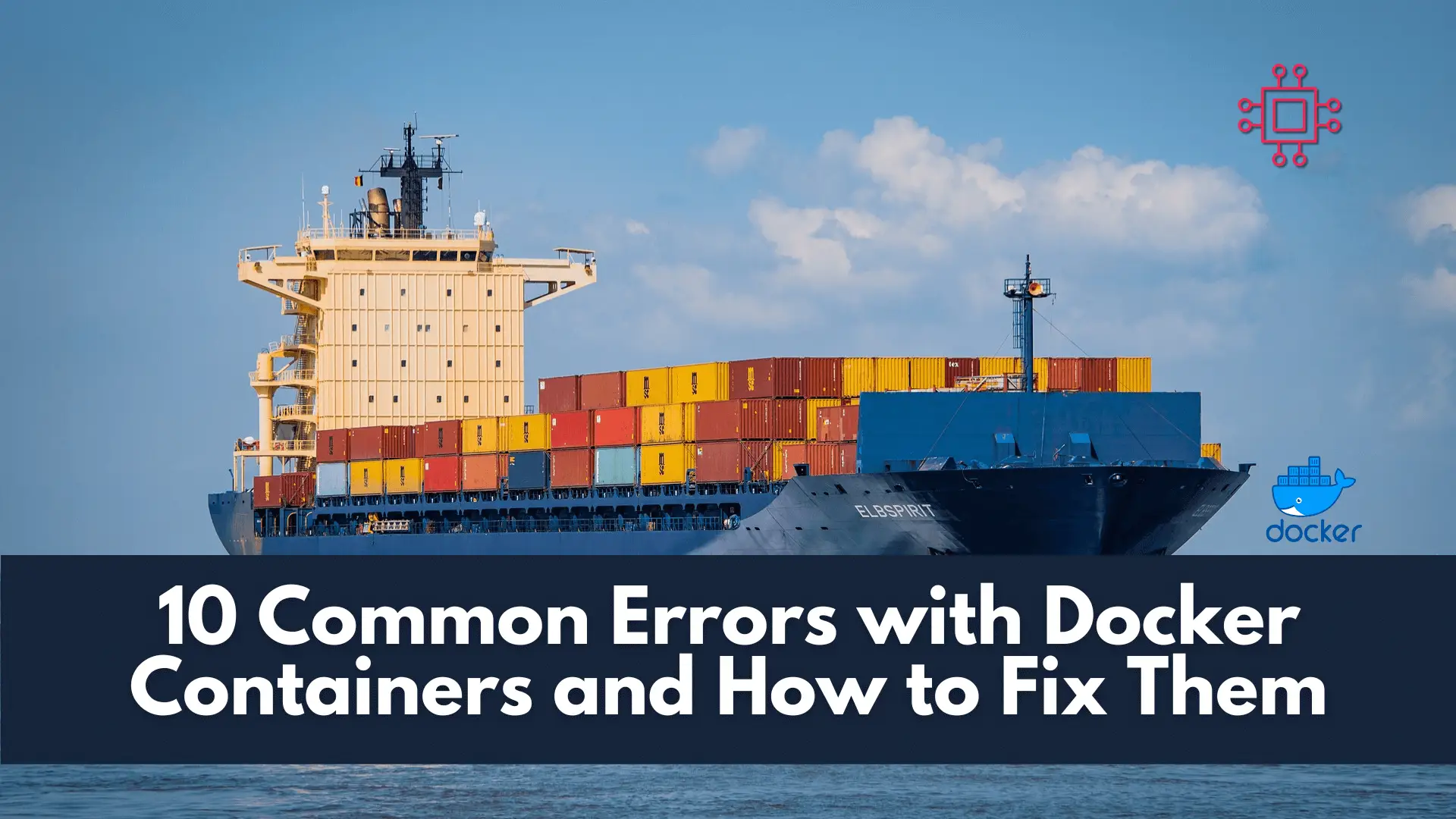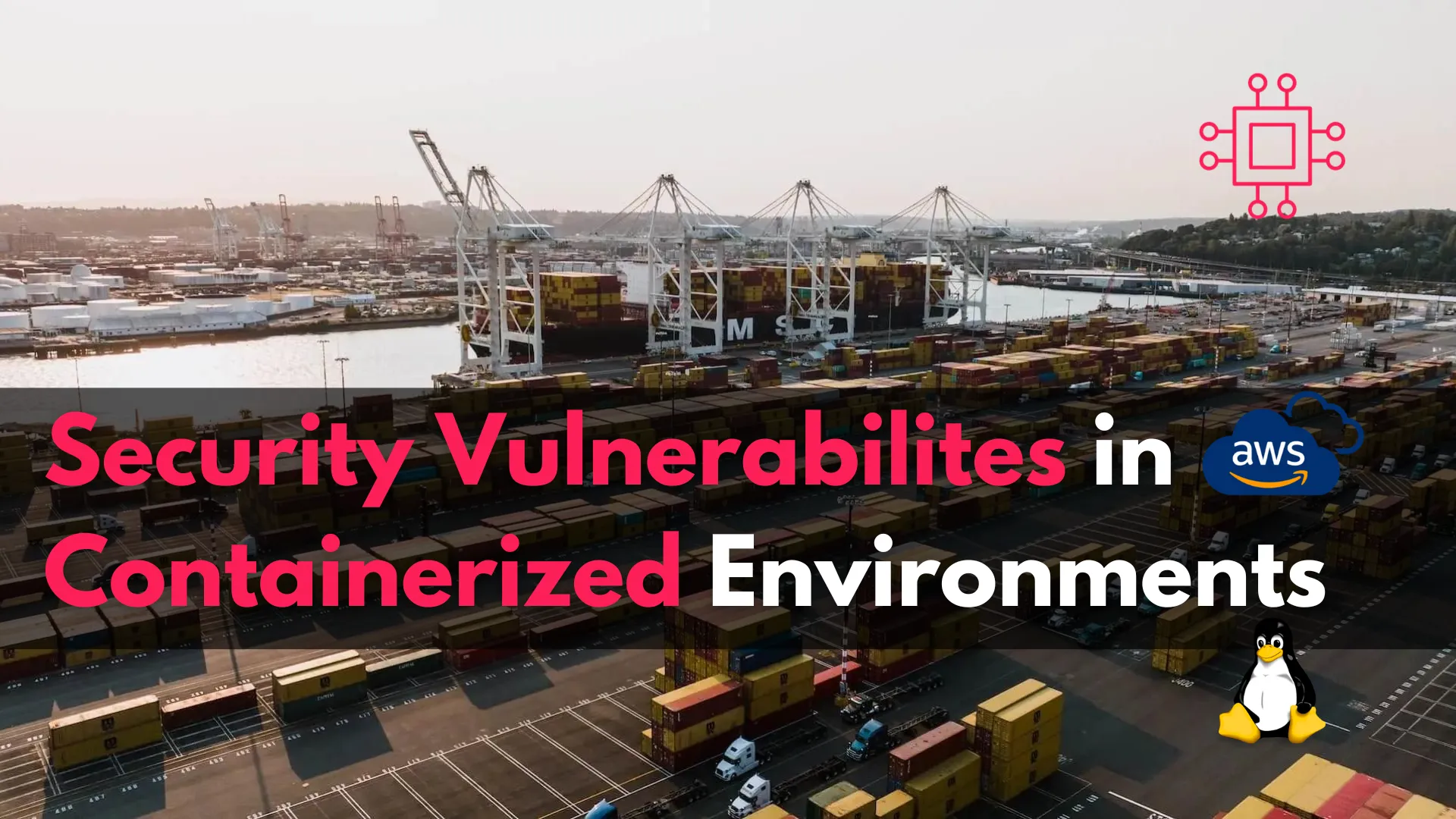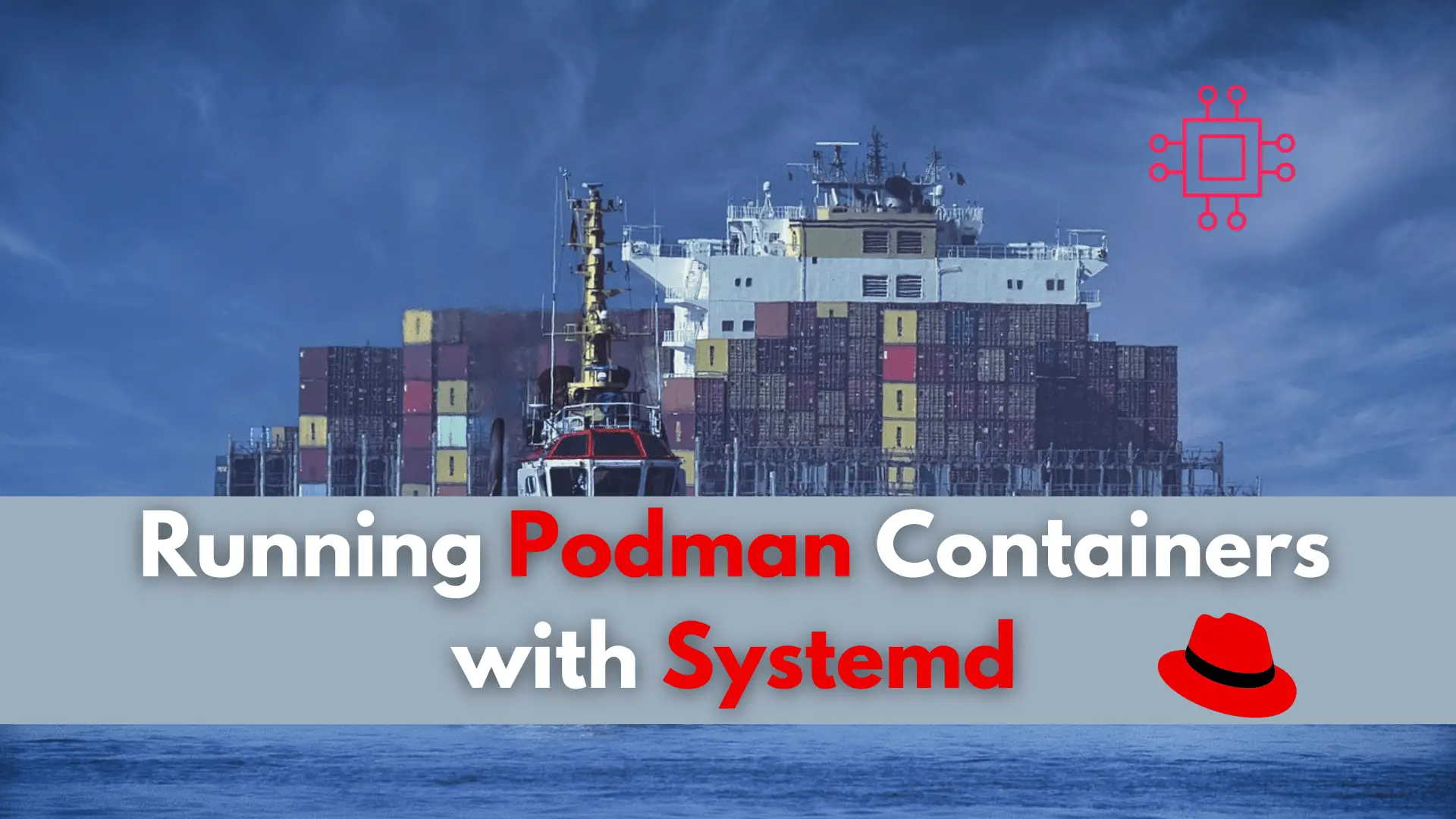
Troubleshooting made easy: Learn fixes and solutions for common Docker errors in this comprehensive guide. Enhance your container management skills and ensure seamless deployments. Table

Discover actionable insights into security vulnerabilities in containerized environments, from container breakouts to image vulnerabilities. Learn from real-world incidents like the Docker Hub breach and Tesla Kubernetes Cluster breach, and uncover essential strategies to fortify your containerized environments against evolving threats.
In today’s fast-paced digital landscape, containerization has emerged as a game-changer, offering unparalleled agility and scalability to software development and deployment processes. However, with the rapid adoption of containerized environments, security concerns have become increasingly prevalent. In this blog post, we’ll delve into the intricacies of security vulnerabilities in containerized environments, shedding light on potential risks and offering actionable insights to fortify your defenses.
Before we dive into security vulnerabilities, let’s grasp the fundamentals of containerization. Containers encapsulate an application and its dependencies into a lightweight, portable package, enabling seamless deployment across diverse computing environments. Docker, Kubernetes, and other container orchestration tools have revolutionized software delivery pipelines, facilitating rapid iteration and deployment cycles.
While containerization streamlines software delivery, it also introduces unique security challenges. Let’s explore some common vulnerabilities:
| Security Vulnerability | Description |
|---|---|
Container Breakouts | A container breakout occurs when an attacker gains unauthorized access to the host operating system from within a container. Vulnerabilities in container runtimes or misconfigurations may pave the way for such exploits. |
| Image Vulnerabilities | Docker images serve as the building blocks of containers. However, using outdated or vulnerable base images can expose your infrastructure to security risks. Regularly scanning images for vulnerabilities and applying patches is imperative to mitigate this threat. |
| Privileged Container Escalation | Privileged containers wield elevated privileges, potentially granting malicious actors unrestricted access to the host system. Limiting the use of privileged containers and implementing least privilege principles can mitigate this risk. |
| Inadequate Network Segmentation | In containerized environments, network segmentation is crucial to prevent lateral movement of threats. Failing to enforce strict network policies may leave sensitive data vulnerable to interception or tampering. |
To underscore the severity of container security vulnerabilities, consider the following notable incidents:
CVE-2019-5736: This critical vulnerability in Docker’s runc runtime allowed attackers to overwrite the host runc binary, leading to container escapes and potential system compromise.
Tesla’s Kubernetes Cluster Breach: In 2018, attackers exploited misconfigured Kubernetes dashboards to gain unauthorized access to Tesla’s AWS infrastructure, culminating in the installation of cryptocurrency mining software.

This incident highlighted the risks associated with relying on third-party tools and underscored the importance of securing container registries and ensuring the integrity of container images. Organizations using Docker and other containerization platforms were reminded of the critical need to implement robust security measures, including regular vulnerability assessments, secure image signing, and access controls, to safeguard their containerized environments against unauthorized access and tampering.
The Docker Hub breach serves as a poignant reminder that containerization, while offering numerous benefits in terms of agility and scalability, also introduces new security challenges that must be addressed proactively to protect sensitive data and ensure the integrity of containerized applications.
Protecting your containerized environment requires a multifaceted approach:
| Security Practice | Description |
|---|---|
| Regular Vulnerability Assessments | Employ automated tools to scan container images for known vulnerabilities, and promptly apply security patches to mitigate risks. |
| Container Runtime Security | Utilize security-enhanced container runtimes and leverage features such as SELinux or AppArmor to confine containerized processes and mitigate the impact of potential breaches. |
| Network Security | Implement network segmentation and firewall rules to restrict communication between containers and enforce least privilege access controls. |
| Continuous Monitoring and Incident Response | Deploy robust monitoring solutions to detect anomalous behavior within containerized environments, enabling prompt incident response and threat mitigation. |
Containerization empowers organizations to accelerate software delivery and enhance agility, but it also introduces complex security challenges. By understanding and addressing common vulnerabilities, organizations can bolster the security posture of their containerized infrastructure. Embracing a proactive security mindset, coupled with robust preventive measures and incident response strategies, is paramount in safeguarding digital assets against evolving threats in containerized environments.
In a nutshell, prioritizing container security isn’t just a best practice—it’s a critical imperative in today’s dynamic threat landscape. Stay vigilant, stay secure.
Did you find this article useful? Your feedback is invaluable to us! Please feel free to share your thoughts in the comments section below.
Smith, J. (2019, May 15). Understanding Container Security Vulnerabilities. Tech Security Journal. Retrieved from https://www.techsecurityjournal.com/container-security-vulnerabilities
Docker Security Team. (2019, April 26). Docker Hub Security Breach Incident. Docker Blog. Retrieved from https://blog.docker.com/2019/04/docker-hub-security-breach/
Related Posts

Troubleshooting made easy: Learn fixes and solutions for common Docker errors in this comprehensive guide. Enhance your container management skills and ensure seamless deployments. Table

Looking for a container management tool that integrates seamlessly with systemd? Podman containers with systemd support allow you to easily create, run, manage, and deploy

In this guide, we’ll explore how to deploy a web server using Podman, a powerful containerization tool that provides a lightweight and secure environment for
